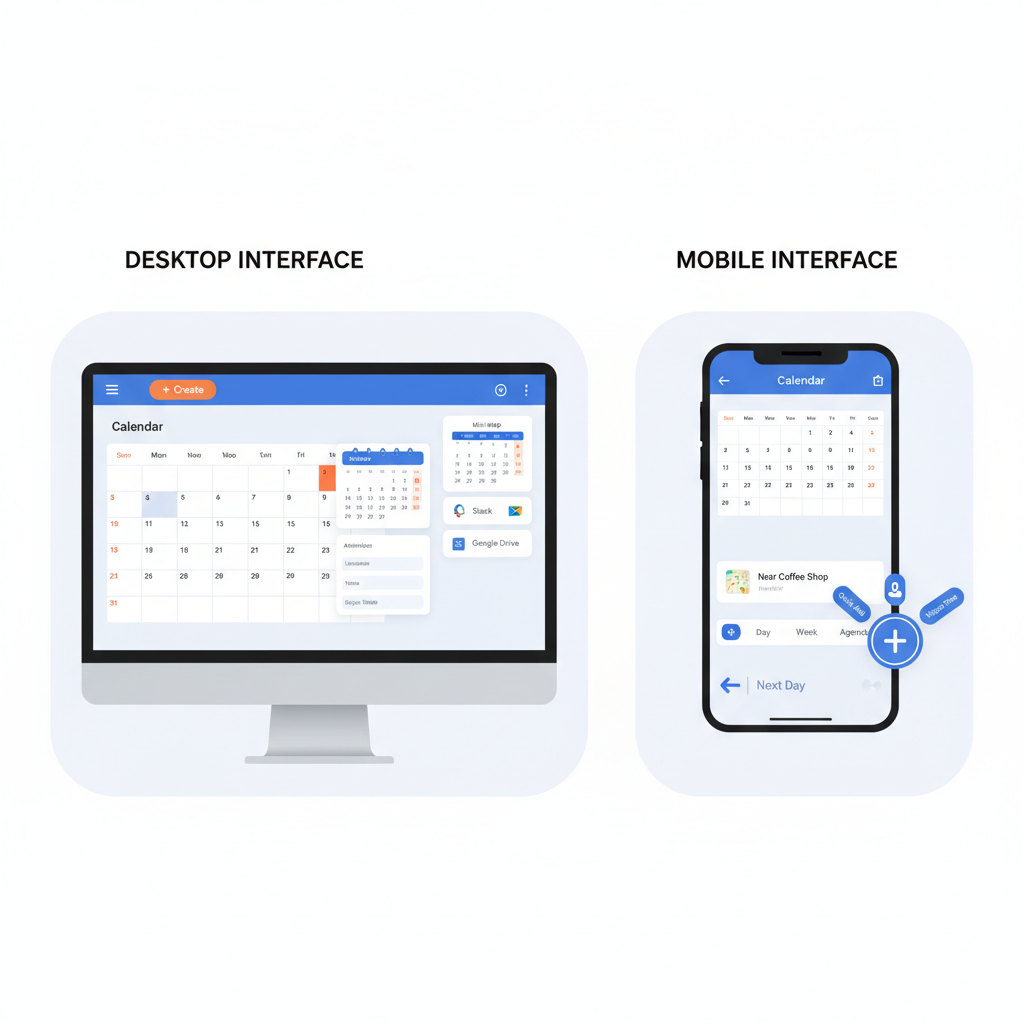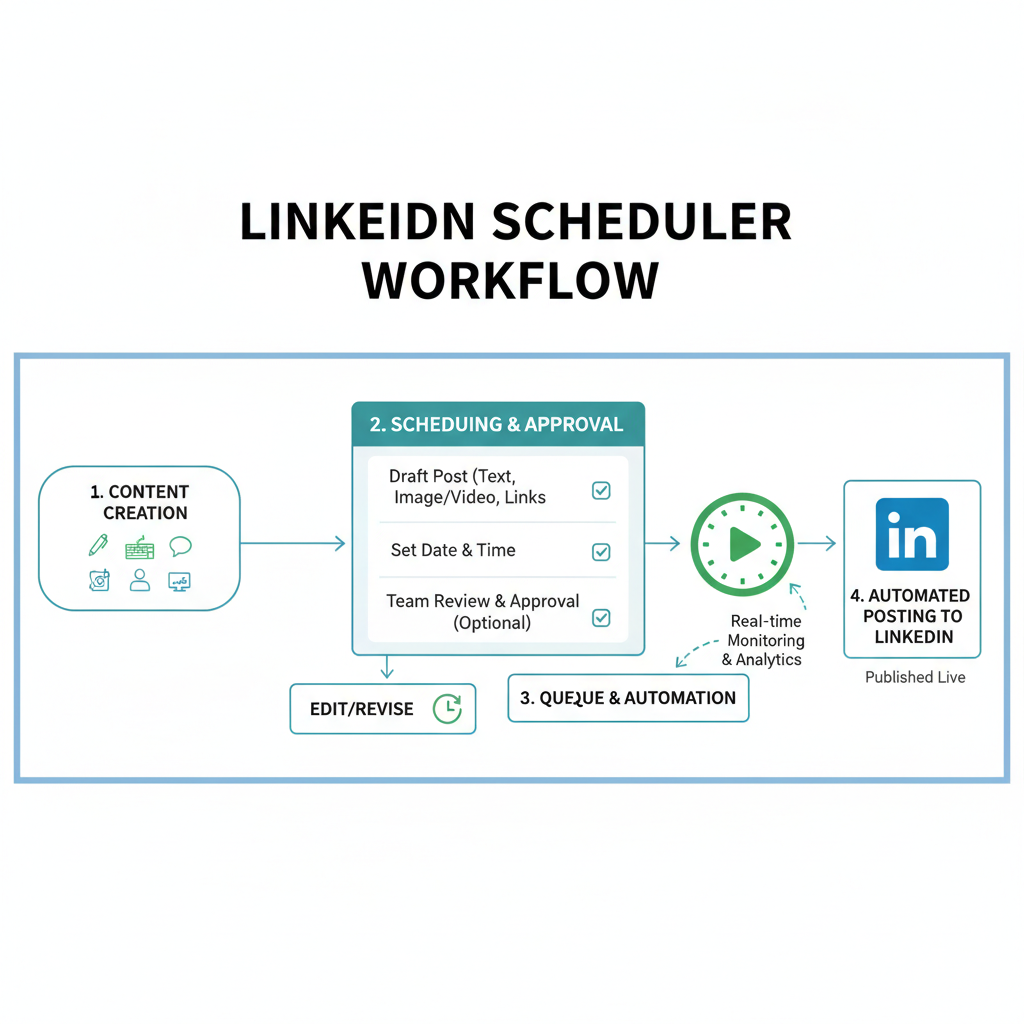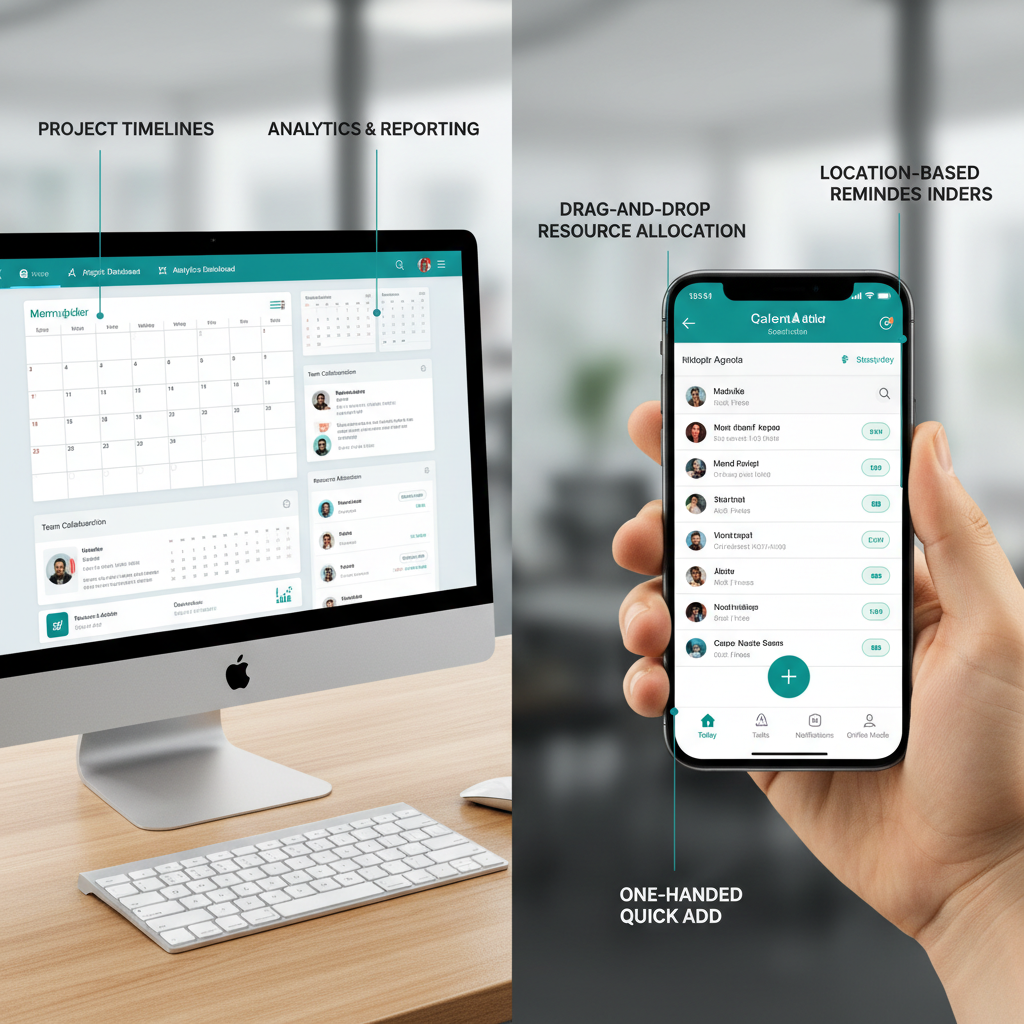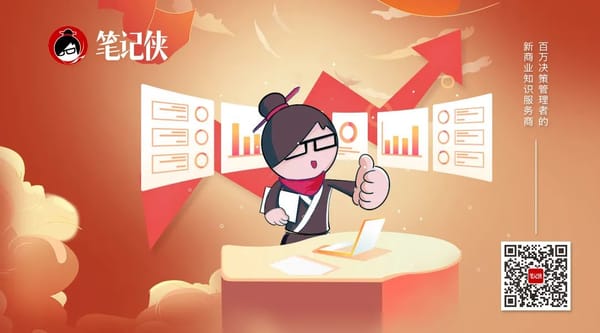Best LinkedIn Scheduler Tools for Efficient Posting
Discover top LinkedIn scheduler tools, their benefits, and strategies to streamline posting, boost engagement, and grow your professional presence.

Introduction: Boost Your Presence with the Best LinkedIn Scheduler
For professionals and businesses aiming to grow their networks, position themselves as thought leaders, and consistently reach the right audience, LinkedIn is a powerhouse. Yet, maintaining a regular posting cadence can be challenging. This is where leveraging the best LinkedIn scheduler can save time, enhance consistency, and maximize your impact. In this guide, you’ll discover how schedulers work, their benefits, top tools to consider, and proven strategies to get the most from LinkedIn automation.
Why Consistent LinkedIn Posting Matters for Growth
LinkedIn has evolved beyond a professional networking site—it's now a dynamic platform for building your personal brand, generating leads, hiring talent, and nurturing industry relationships. Consistent posting is one of the most effective ways to keep your profile visible in front of your connections and followers.
When you post regularly:
- You increase engagement rates and stay top-of-mind.
- You signal to the LinkedIn algorithm that your content is valuable.
- You gradually build authority in your niche.
By showing up consistently, you nurture trust and lay the foundation for long-term growth.

What Is a LinkedIn Scheduler and How It Works
A LinkedIn scheduler is a tool designed to automate the process of publishing posts to your LinkedIn profile or company page. You can create content ahead of time, set the date and time for publishing, and let the scheduler handle the rest.
How it works:
- Write or upload your content into the scheduler dash.
- Choose your target date and time.
- The scheduler automatically posts at the designated slot.
- Get analytics on engagement, impressions, and clicks.
Schedulers integrate with LinkedIn via API or third-party automation, ensuring posts go live without manual intervention—ideal for busy professionals and marketing teams.
Key Benefits of Using a LinkedIn Scheduler
Using a scheduler can transform your LinkedIn marketing workflow. Here are the most notable advantages:
- Time Saving: Batch-create content and schedule in one sitting.
- Consistent Posting: Maintain steady dissemination of posts without daily effort.
- Analytics Access: Track post performance and optimize strategy.
- Content Planning: Align your LinkedIn activity with other marketing campaigns.
- Team Collaboration: Assign roles for content creation and approval.
Top LinkedIn Scheduler Tools
Let’s look at some of the best LinkedIn scheduler solutions available today, including features, pros, cons, and pricing.
| Tool | Key Features | Pros | Cons | Pricing |
|---|---|---|---|---|
| Hootsuite | Multi-platform scheduling, analytics, team workflows | Comprehensive, trusted brand | Can be expensive for small teams | From $99/month |
| Buffer | Simple scheduling, link shortening, analytics | User-friendly, affordable | Limited deep analytics | Free plan, paid from $6/month |
| Sprout Social | Advanced analytics, CRM integration | Excellent customer support | Higher cost tier | From $249/month |
| Loomly | Content ideas, collaborative workflows | Great for content teams | LinkedIn features limited compared to Instagram/Facebook | From $42/month |
Desktop vs Mobile Scheduler Functionalities
Choosing between desktop and mobile versions impacts your workflow efficiency.
Desktop:
- Ideal for deep analytics review.
- Easier for bulk uploads of content assets.
- Suitable for collaborative team management.
Mobile:
- Perfect for on-the-go adjustments.
- Quick posting or rescheduling in real-time.
- Access to notifications and engagement metrics anytime.

Pro tip: Many tools sync seamlessly between desktop and mobile, so you can start planning on your computer and tweak schedules via your phone when traveling.
Tips on Choosing the Right Scheduler for Your Goals
When picking a LinkedIn scheduler:
- Consider Your Posting Frequency – Daily posting may require more automation capabilities.
- Evaluate Budget – Determine what features justify the expense.
- Integration Needs – If you use multiple channels, choose a tool that syncs them.
- Analytics Depth – Decide if basic metrics suffice or advanced reporting is a must.
- User Experience – Test the UI before committing to a plan.
Match the scheduler to your workflow, not the other way around.
Best Practices for Scheduling Posts to Maximize Reach
Your scheduling strategy impacts how your audience interacts with your content.
- Timing Matters
- Research shows LinkedIn engagement is highest midweek (Tuesday–Thursday), particularly between 8 AM and 10 AM local time. Test different slots and review analytics.
- Diversify Content Mix
- Alternate between thought leadership articles, quick tips, videos, and infographics.
- Leverage Hashtags
- Use 3–5 relevant hashtags to categorize your post and increase discoverability.
- Engage Quickly After Posting
- Respond to comments in the first hour to boost algorithm signals.
- Analyze & Iterate
- Continuous improvement is key—look at post-level metrics and tweak accordingly.

Integrating Schedulers with Other Marketing Tools
Schedulers are even more powerful when paired with:
- CRM systems for tracking lead generation from LinkedIn posts.
- Email marketing platforms to coordinate campaign messaging.
- Project management tools for team alignment.
- Analytics platforms like Google Analytics for conversion tracking.
Example Integration Flow:
Use Buffer to schedule LinkedIn posts, connect to HubSpot CRM to monitor leads, and sync campaign timelines in Asana.
flowchart TD
A[Create Content] --> B[Schedule in Tool]
B --> C[LinkedIn Publishes]
C --> D[Engagement Data]
D --> E[CRM Lead Tracking]Common Mistakes to Avoid When Scheduling LinkedIn Posts
- Over-Automation: Failing to engage manually after posting can hurt reach.
- Ignoring Analytics: Posting blindly without reviewing performance data limits growth.
- Wrong Post Timing: Not tailoring timing to your audience’s active hours.
- Duplicate Content Across Platforms: LinkedIn’s audience favors professional and insightful posts.
- Neglecting Visuals: Text-only posts often get less engagement than rich media.
Actionable Steps to Start Scheduling Effectively Today
- Pick a scheduler from the list that fits your budget and needs.
- Plan the next 2–4 weeks of content, mixing formats and topics.
- Set optimal posting times based on your audience insights.
- Monitor the first round of scheduled posts closely and engage actively.
- Adjust future periods based on analytics feedback.
By following these steps, you'll streamline your LinkedIn activity, maintain consistent visibility, and ultimately drive greater engagement and professional growth. Remember—every post is an opportunity to strengthen your brand, start conversations, and create value in your network. The best LinkedIn scheduler isn’t simply a tool; it’s an enabler for purposeful, consistent communication.
Summary and Next Steps
Using the best LinkedIn scheduler can revolutionize your professional presence. You’ll save time, maintain consistent posting, and unlock data-driven insights to continually refine your approach. Whether you opt for feature-rich platforms like Hootsuite or lean towards simple solutions like Buffer, the key is aligning your chosen tool with your goals.
Start automating smartly today—evaluate your needs, choose your scheduler, and watch your LinkedIn influence grow. Ready to make your presence truly consistent? Explore, test, and commit to the right scheduling tool for your success.



